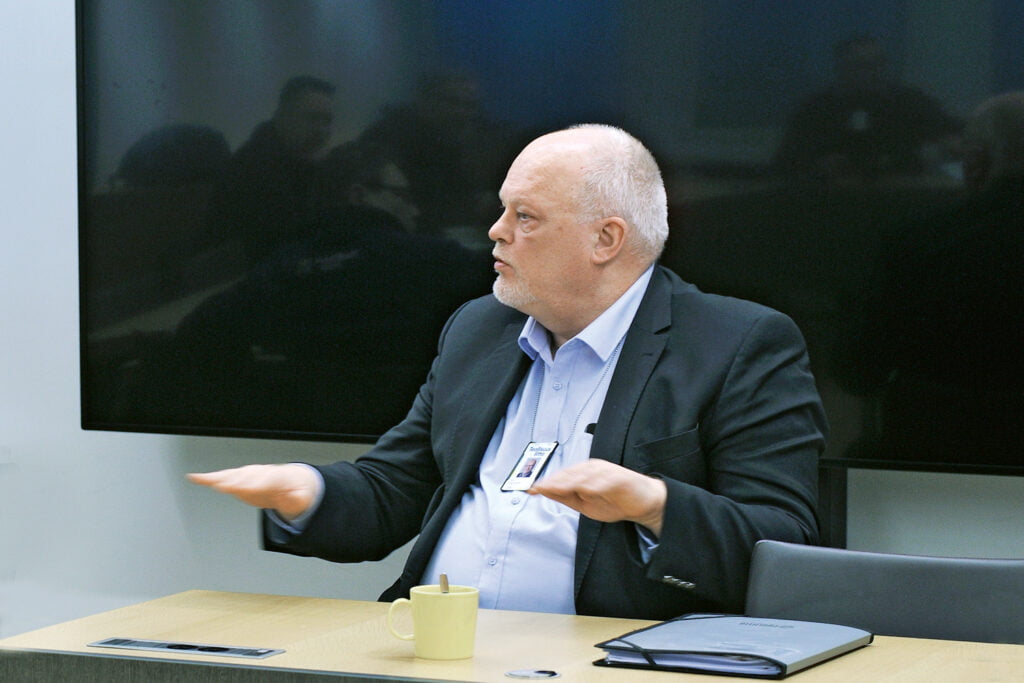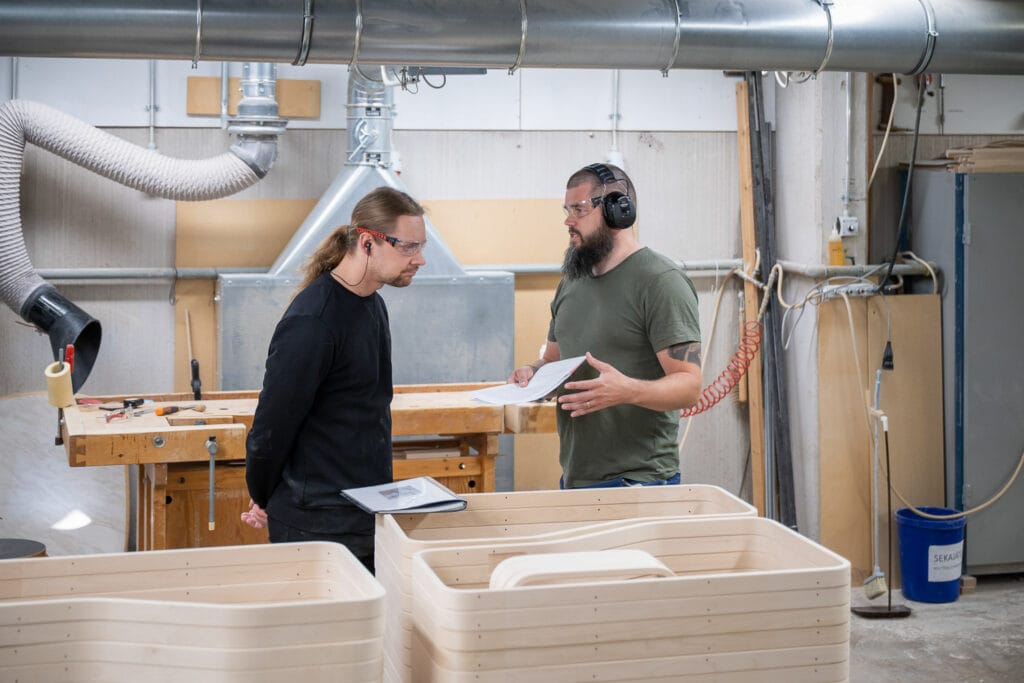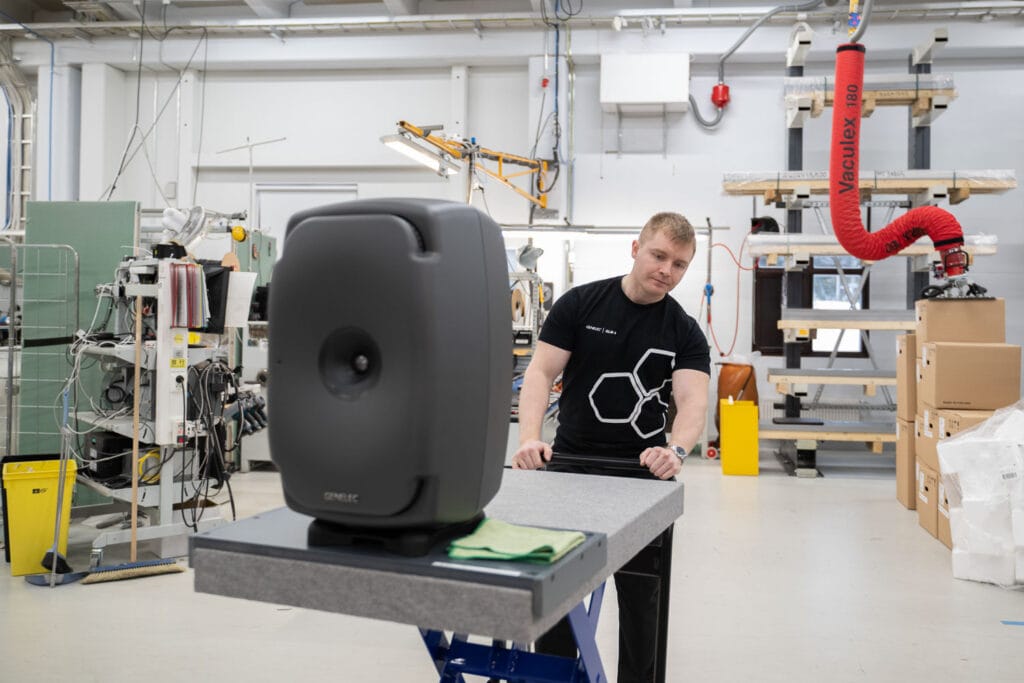Agreement negotiations mostly complete
“During the collective agreement negotiations it became clear that the objectives of employers in different fields are strictly coordinated, even though formally there are no more centralised collective agreements,” explain the sector leaders of the Industrial Union.
All national collective agreements of the Industrial Union have now been drawn up, and company-specific negotiations in the mechanical forest industry have reached a stage where well over 90% of the members are covered by the agreements.
The labour market negotiations stood out with the employer-side Finnish Forest Industries and the Technology Industries of Finland’s denouncement of collective bargaining activities.
The mechanical forest industry moved to company-specific negotiations, but a new universally binding collective agreement was created in the technology industry as a sufficient portion of companies in the sector joined the new Technology Industry Employers of Finland association.
Labour market and sector leader Jyrki Virtanen from the Industrial Union says that the negotiations were marked by tightened coordination on the employers’ side. In the past, there has been a sector-by-sector discussion on wage funds, but now the competitiveness of the whole of Finland was constantly on the table.
”It felt like an agreement was made by the technology industry for the whole of Finland,” Virtanen says.
The employer side has officially stopped making centralised solutions, but in practice this is not the case. There is also a close coordination in textual issues.
”It seems quite crazy that the employer side has set strict limits, but does not want to formally negotiate in a tripartite framework,” Virtanen says.
WAGES WILL BE NEGOTIATED IN THE AUTUMN
The general policy was a 2% wage increase. Most contracts last for 1+1 years, which means that in many fields the wage increases for 2023 will be negotiated in the coming autumn.
”The aim is to have a wage settlement in the autumn without having to open up the entire agreement,” Virtanen says.
It felt like an agreement was made by the technology industry for the whole of Finland.
In regard to the technology industry, Virtanen is concerned about the role of the new employers’ association in the rounds of negotiations. It is difficult to continue ongoing negotiation and development work if the counterparty has not allocated the resources required for the job.
Collective agreements of the Industrial Union are negotiated in three sectors. Twelve collective agreements were negotiated in the sector led by Virtanen. In addition to the technology industry, agreements were drawn up in the forest, agriculture and horticultural sectors.
TRUST LASTS EVEN IN TIMES OF CRISIS
The labour market round was also about maintaining the entire negotiating system.
”The aim was to ensure the system of national collective agreements. This influenced the spirit of the negotiations,” says Toni Laiho, sector director of the Industrial Union.
In the current situation, it is not self-evident that the employer side wants to make field-specific agreements.
”We had a reason and motive to show that the traditional system produces results,” Laiho says.

Negotiations with the Finnish chemical industry association were challenging in terms of both money and texts. Ultimately, the agreements were created with wage increases and contract periods in alignment with the technology industry.
”Local agreement was added to several collective agreements in a controlled and intentional manner,” Laiho says in relation to preparing for economic uncertainties.
Nineteen collective agreements were drawn up in the sector led by Laiho. In addition to the chemical industry, the sector negotiates in the car, distribution, printing and textiles industries.
The negotiating cultures are different in different fields, which is particularly evident in the exceptional situation caused by the coronavirus pandemic.
”In fields where there are already confidential relationships, the creation of an agreement works even in a more critical situation,” Laiho says.
We had a reason and motive to show that the traditional system produces results.
Next, the joint group work of the unions will continue. At the end of March, the Industrial Union and the chemical industry arranged the first joint local agreement training at the Murikka institute.
”In Finland, we can manage by working together if we can manage at all,” Laiho says.
ONE THOUSAND NEW MEMBERS
In the mechanical forest industry, the conditions for the negotiations changed already in the autumn of 2020, when the Finnish Forest Industries announced that it would cease collective bargaining.
”In practice, this means that the negotiations have been long and laborious,” says Jyrki Alapartanen, sector director of the Industrial Union.
There are nearly 200 companies in the mechanical forest industry, so the negotiation project has been vast. At the beginning of April, well over 90 percent of the members of the Industrial Union working in the sector were covered by company-specific agreements.

Thanks to the new situation and organizational action, the mechanical forest industry has brought around 1,000 new members to the Industrial Union.
”The degree of organization has improved clearly, but there is still potential for more,” Alapartanen says.
Company-specific agreements have followed the general approach established during the negotiations. The contract periods are mainly two or three years long.
NEW UNIVERSAL COLLECTIVE AGREEMENT
In the sector led by Alapartanen, national collective agreements have been negotiated for the carpentry industry and log house industry. Company-specific agreements will be used not only in the mechanical forest industry but also in the bio-industry.
The collective agreement of the carpentry industry is valid for 1+1 years, meaning that wage increases for the second year of the contract will be negotiated at the beginning of 2023.
The collective agreement of the log house industry is completely new. Companies that were previously under the collective agreement for the mechanical forest industry organized into the Association of Finnish Woodworking and Furniture Industries, which negotiated a national collective agreement.
The degree of organization has improved clearly, but there is still potential for more.
The log house industry employs approximately 700 production workers and 200 employees. The new collective agreement covers approximately 90 percent of the turnover and employees of the sector, meaning the agreement is universally binding.
Alapartanen believes that more collective agreements could come through the log house industry’s model.
”I believe that there are industries within the mechanical forest industry where wisdom could arise to return to national agreements.”
The content of universally binding collective agreements is announced on the union’s website, and the content of company-specific agreements can be inquired from the chief workers’ representative at the workplace.




